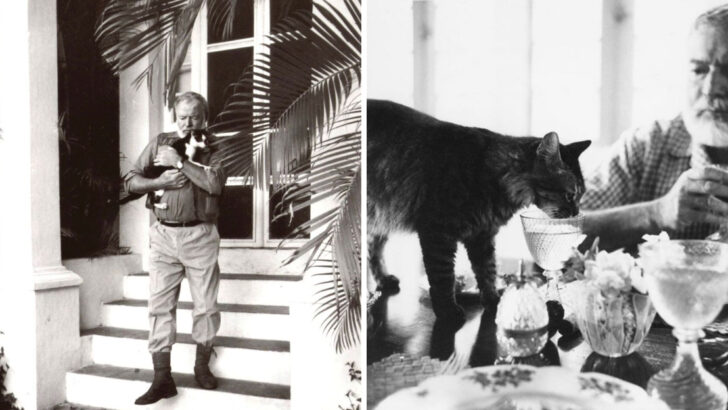Some cats are born with extra toes—and they wear them like crowns.
Polydactyl cats aren’t your average purring companions.
They stride around with chunky, mitten-like paws that could make even a tiger jealous.
One look at those oversized feet, and you know you’re in the presence of feline royalty.
These mysterious, many-toed wonders have sailed oceans, inspired legends, and even lived alongside some of history’s boldest adventurers.
They aren’t just cute—they’re a living piece of folklore, curled up on your couch.
Ready to find out why sailors adored them, why Ernest Hemingway filled his garden with them, and why their toe-tally unusual paws are so much more than just adorable?
Let’s dive into the world of the paw-sitively unforgettable polydactyl cat!
Origin of Polydactyl Cats
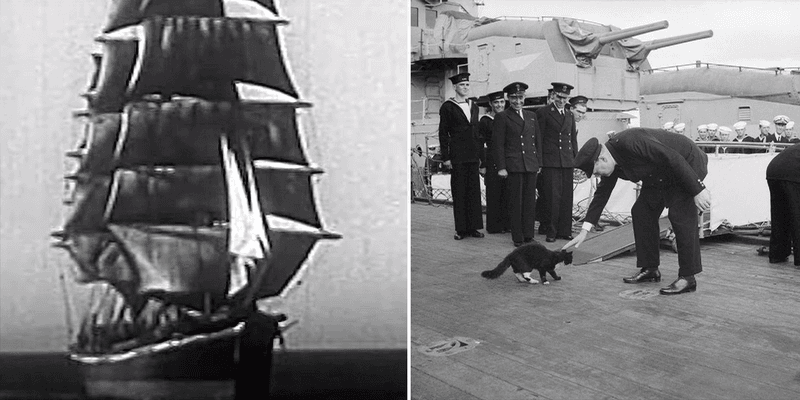
Polydactyl cats, known for their extra toes, have a rich maritime history. Sailors cherished these unique felines, believing their additional toes provided superior balance on ships. This belief led to polydactyl cats being common aboard vessels. The cats’ adeptness at hunting rodents also made them valuable companions during long sea voyages. As ships traveled, these fascinating felines dispersed to various ports, spreading their unique genetic trait across continents. Today, many polydactyl cats can trace their lineage back to these seafaring ancestors.
Hemingway’s Feline Companions
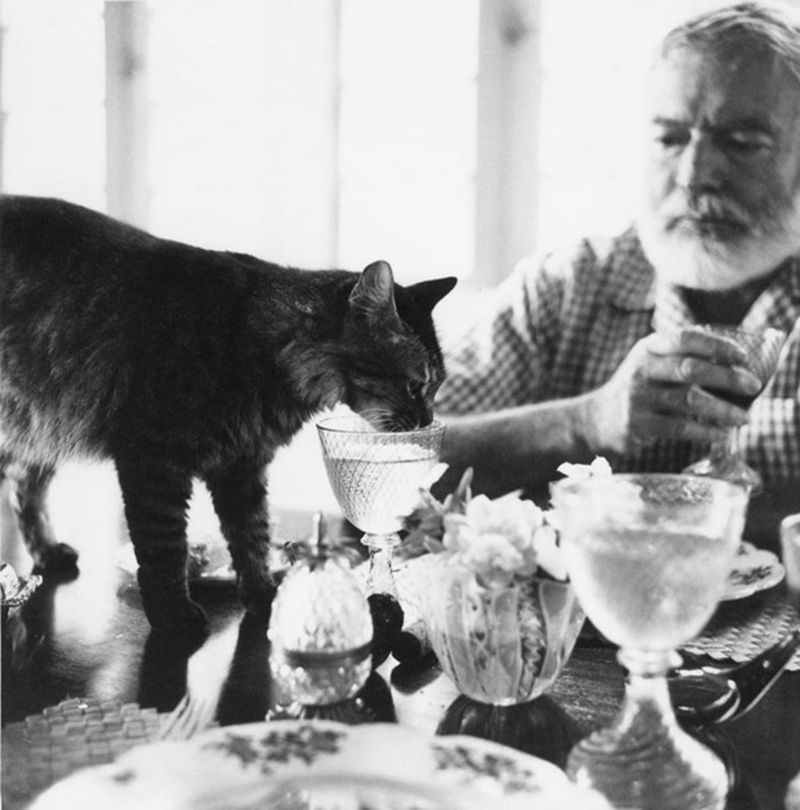
Ernest Hemingway, the famous novelist, was an admirer of polydactyl cats. He was gifted a six-toed cat by a ship captain, starting his lifelong affection for these unique creatures. Hemingway’s home in Key West became a sanctuary for these cats, and they thrived in the tropical climate. Today, the Hemingway Home and Museum is renowned for its large population of polydactyl cats, with many descended from Hemingway’s original companions. Visitors often find these cats lounging in the sun, adding charm to the historic site.
Genetic Mutation

The polydactyl trait in cats is caused by a genetic mutation in the Pd gene, making it an autosomal dominant trait. This means a cat only needs one parent with the mutation to express the trait. Polydactylism typically results in cats having extra toes, primarily on their front paws, though all paws can be affected. This mutation is generally harmless, allowing polydactyl cats to lead healthy and active lives. The extra toes can even enhance a cat’s climbing and hunting abilities, making them agile and skillful.
Cultural Significance
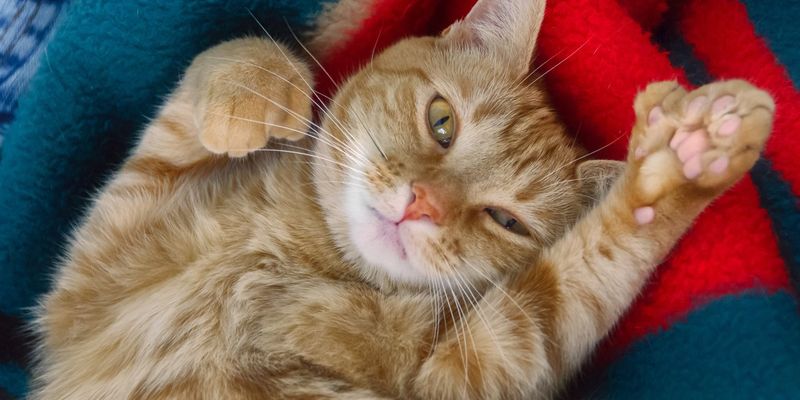
Around the world, polydactyl cats hold cultural significance. In the United States, they’re often called Hemingway cats in honor of the famed writer. In the UK and Canada, some believe these cats bring good luck and prosperity. Their unique appearance has made them beloved pets across cultures, with many families treasuring their extra-toed companions. This distinctive trait has even inspired folklore and stories, adding to the mystique of polydactyl cats. Their presence in various cultures highlights their universal appeal and endearing charm.
Famous Polydactyl Cats
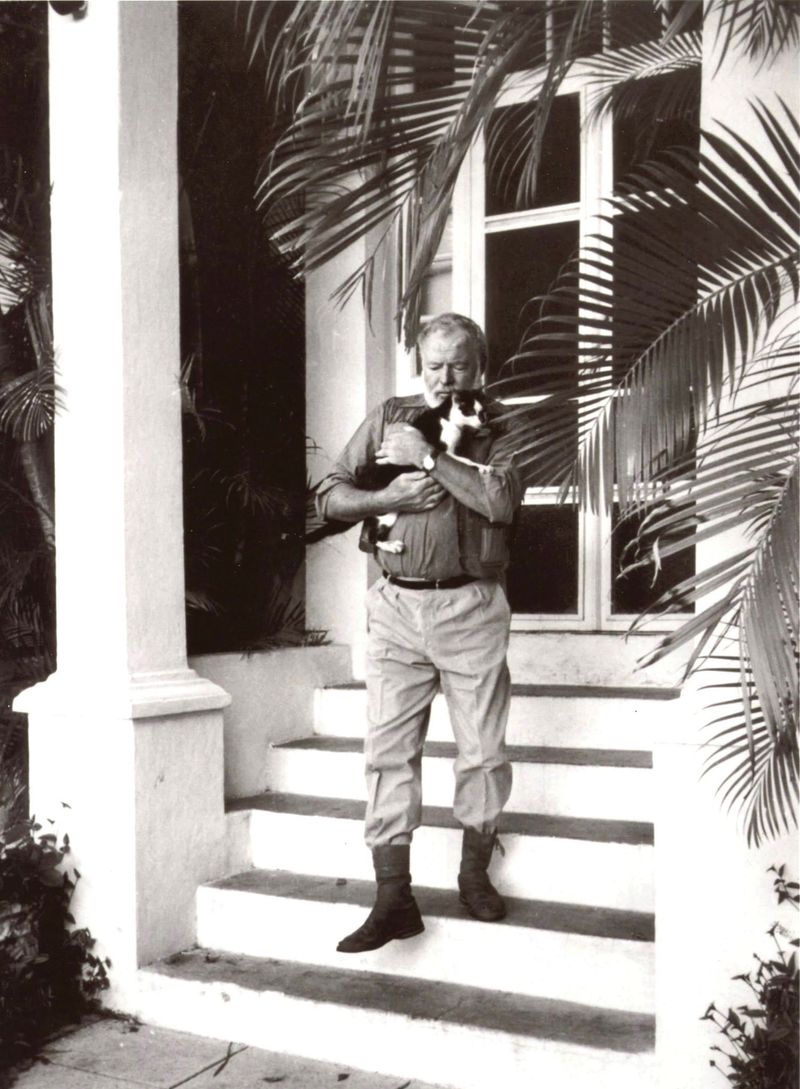
Several polydactyl cats have achieved fame through association with notable figures. Beyond Hemingway, President Theodore Roosevelt owned a polydactyl cat named Slippers, who roamed the White House halls. Another famous feline was Mittens, affectionately known in the 19th-century Boston area. These cats’ unique attributes made them memorable companions to influential individuals. Their stories contribute to the rich tapestry of polydactyl cats’ history, showcasing the special bond between humans and these extraordinary felines.
Breeds with Polydactyl Traits
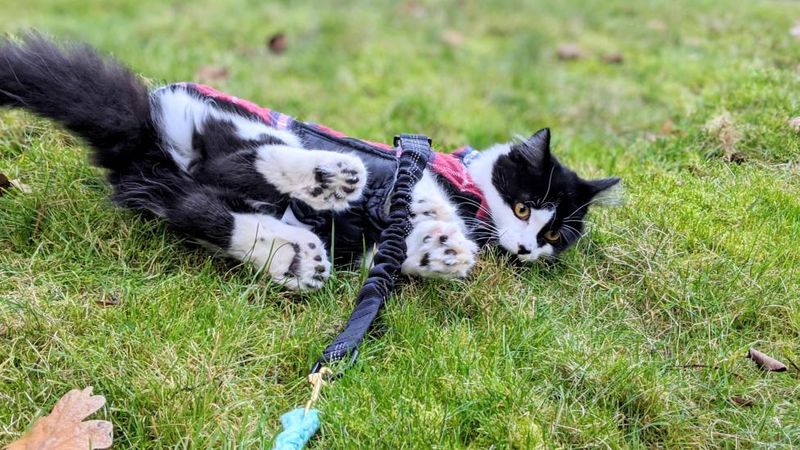
While polydactylism can occur in any domestic cat breed, certain breeds have higher occurrences. The Maine Coon, for instance, often displays this trait, with some enthusiasts believing extra toes help them navigate snowy terrains. Other breeds, like the American Shorthair, may also exhibit polydactylism, although less frequently. The trait’s prevalence across breeds demonstrates the adaptability and diversity of polydactyl cats. Enthusiasts and breeders often celebrate these unique cats, appreciating their charming and distinctive appearance.
Polydactyl Cats in Pop Culture
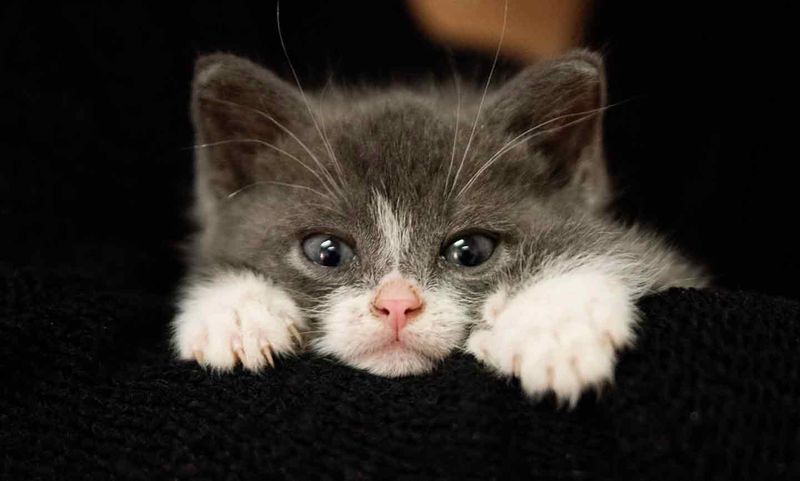
Polydactyl cats have left their mark in popular culture, often appearing in literature and media. Their distinctive feature makes them memorable characters in stories and films. For instance, the polydactyl cat in the movie “The Outlaw Josey Wales” captured audiences’ attention. Their unique physical traits and charming personalities have inspired artists and writers alike, embedding polydactyl cats into various cultural narratives. This connection to pop culture has helped raise awareness and appreciation for these extraordinary felines, highlighting their appeal.
Health and Care Tips
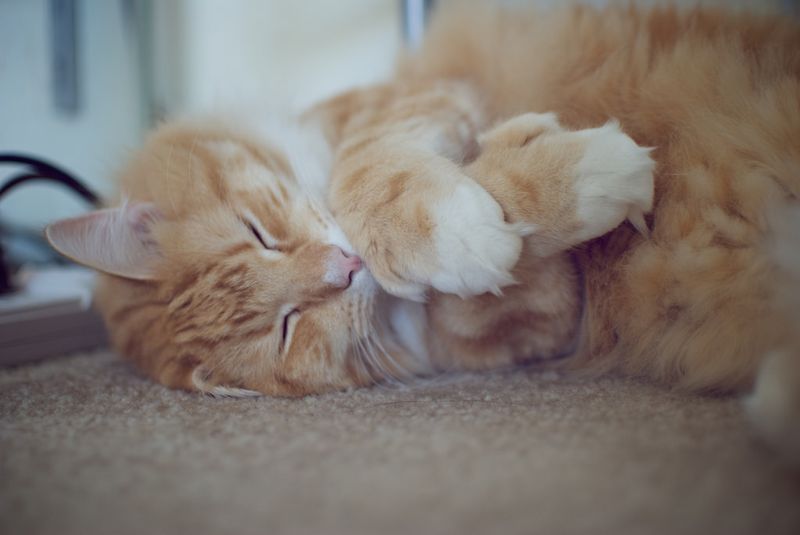
Caring for polydactyl cats involves attention to their unique paws. Regular checks ensure their extra toes don’t cause discomfort or require special care. Nail trimming is essential to prevent overgrowth, as additional toes may complicate grooming. Fortunately, polydactyl cats generally enjoy good health, with their extra digits rarely causing issues. Providing a balanced diet and regular vet visits ensures they thrive. By understanding their needs, owners can keep their polydactyl companions healthy and content, enjoying the unique traits that make them special.
The Largest Number of Toes
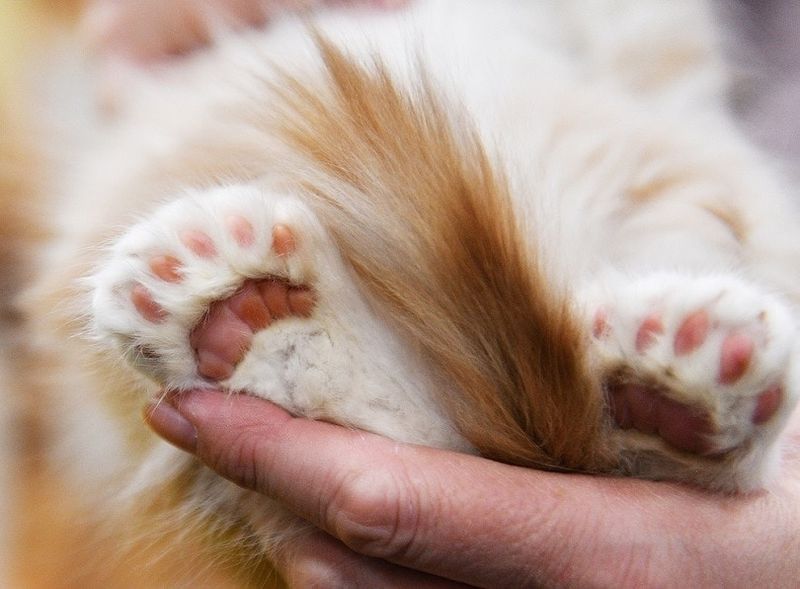
The world record for the most toes on a polydactyl cat belongs to Jake, a Canadian feline with 28 toes. Each paw boasts seven digits, setting him apart in the feline world. Jake’s record highlights the fascinating potential of polydactylism, showcasing nature’s whimsies. His unique paws have made him a favorite among cat enthusiasts, eager to learn about his extraordinary trait. Understanding the genetic possibilities of polydactyl cats adds to their allure, sparking curiosity and admiration for these one-of-a-kind companions.
Polydactyl Cats and Superstitions
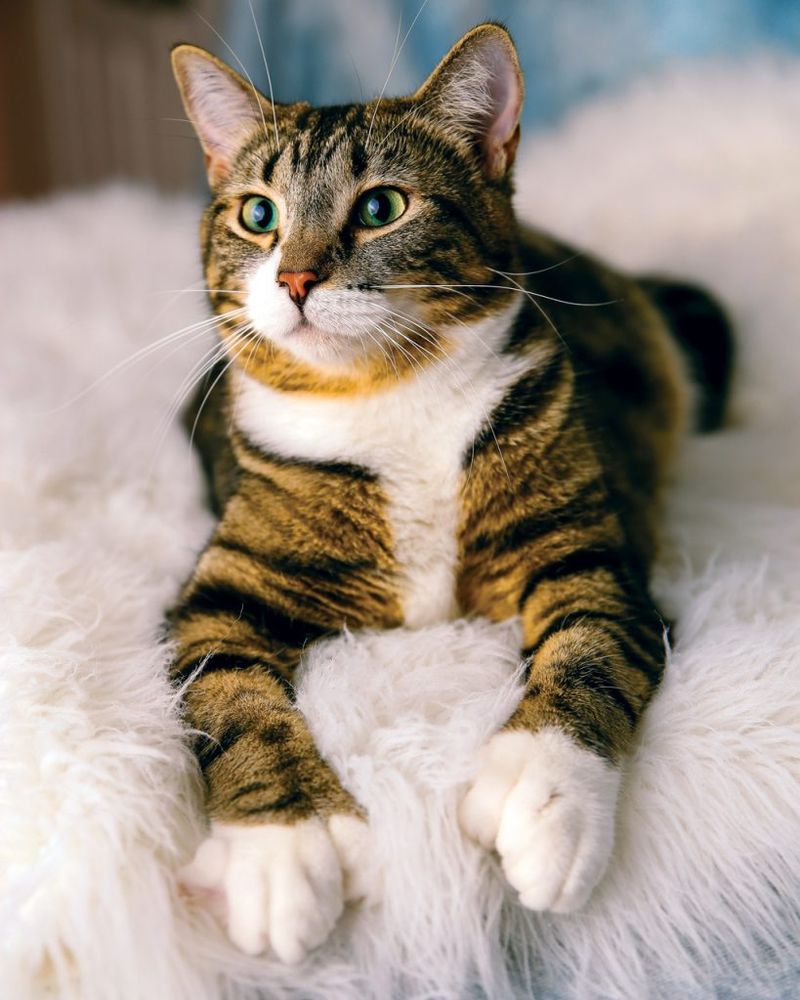
Throughout history, polydactyl cats have been subjects of superstition and myth. In some cultures, they’re considered harbingers of good luck, with sailors believing their presence ensured safe journeys. Others see them as mystical creatures, their extra toes adding to their enigmatic aura. This blend of superstition and reality adds depth to their appeal, drawing in those fascinated by the mysterious. Whether viewed as lucky charms or simply unique pets, polydactyl cats continue to intrigue and captivate people across the globe.
Adaptability of Polydactyl Cats

Polydactyl cats are celebrated for their adaptability. Their extra toes can provide an advantage in climbing and navigating diverse environments. This trait likely contributed to their historical popularity among sailors, as they excelled in ship settings. Today, many polydactyl cats continue to display impressive agility, making them adept hunters and playful companions. Their ability to adapt to various surroundings endears them to owners, who appreciate their lively and engaging nature. This adaptability underscores the versatile and dynamic character of polydactyl cats.
Mythology and Folklore
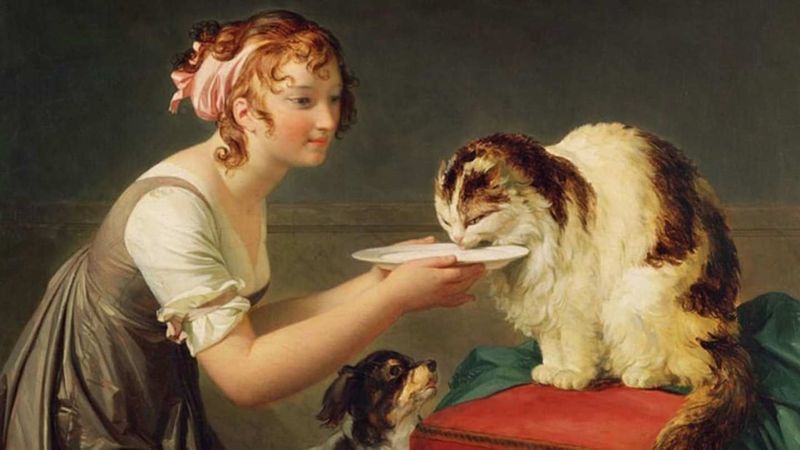
Polydactyl cats have found their way into mythology and folklore, often portrayed as magical or mystical beings. In some legends, they’re depicted as familiars or companions to witches, their extra toes symbolizing enhanced powers. Such stories enrich their mystique, crafting an aura of wonder around these unique felines. The blend of myth and reality makes polydactyl cats even more intriguing, as people explore the legends surrounding them. Their presence in folklore highlights their timeless allure and the fascination they inspire through the ages.
Polydactylism in Other Animals
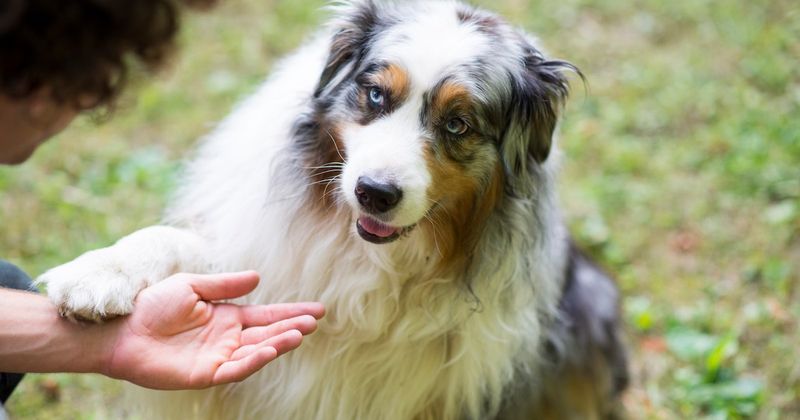
While polydactylism is most commonly associated with cats, it’s a trait that can appear in other animals. Dogs, for instance, can also have extra toes, though it’s rarer. This genetic anomaly showcases nature’s variety, reminding us of the unexpected traits that can arise in different species. Observing polydactylism across the animal kingdom highlights the genetic diversity that contributes to the natural world’s wonder. It also sparks curiosity about how these traits develop and manifest in various creatures, adding depth to our understanding of genetics.
Polydactyl Cats in Literature
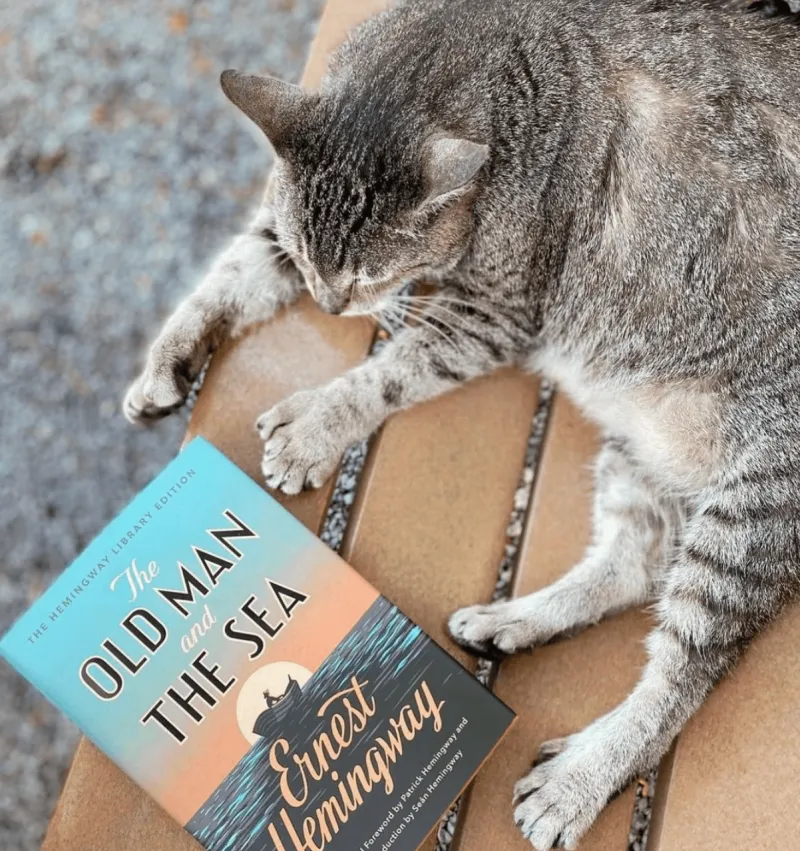
Polydactyl cats have padded their way into the pages of literature, captivating readers with their unique charm. Renowned authors, like Ernest Hemingway, have celebrated these cats in their works, adding to their literary legacy. Their distinctive appearance has inspired countless stories, where they often play roles as beloved companions or mystical beings. These literary references immortalize polydactyl cats in the reader’s imagination, ensuring their place in the annals of storytelling. Their presence in literature continues to enchant and intrigue, captivating audiences worldwide.
Polydactyl Cats as Therapy Animals
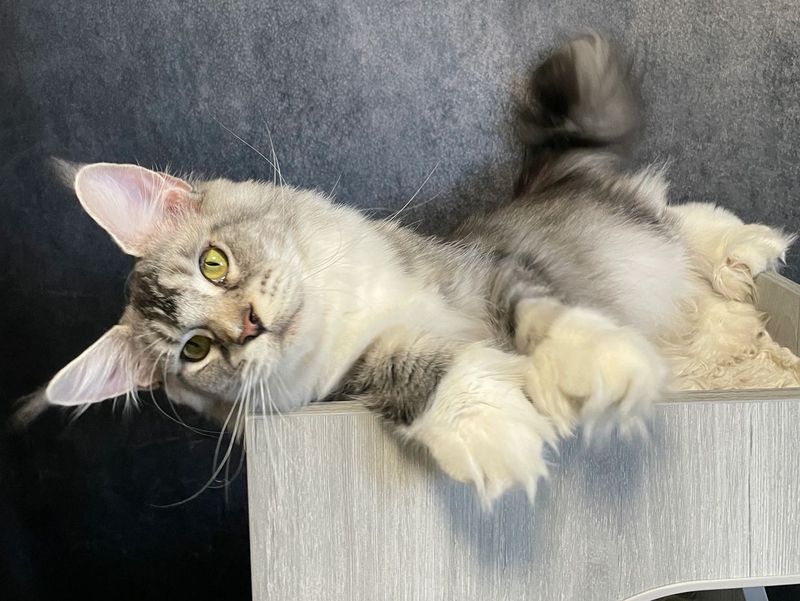
The gentle nature of polydactyl cats makes them excellent candidates for therapy animals. Their calm demeanor and unique appearance can bring comfort to those in need of emotional support. Therapy cats often visit hospitals, nursing homes, and schools, where their presence provides solace and companionship. Polydactyl cats, with their extra toes, offer a touch of novelty, drawing smiles and sparking conversations. Their ability to connect with people in therapeutic settings highlights their valuable role in promoting well-being and spreading joy to those they meet.
Adoption and Rescue
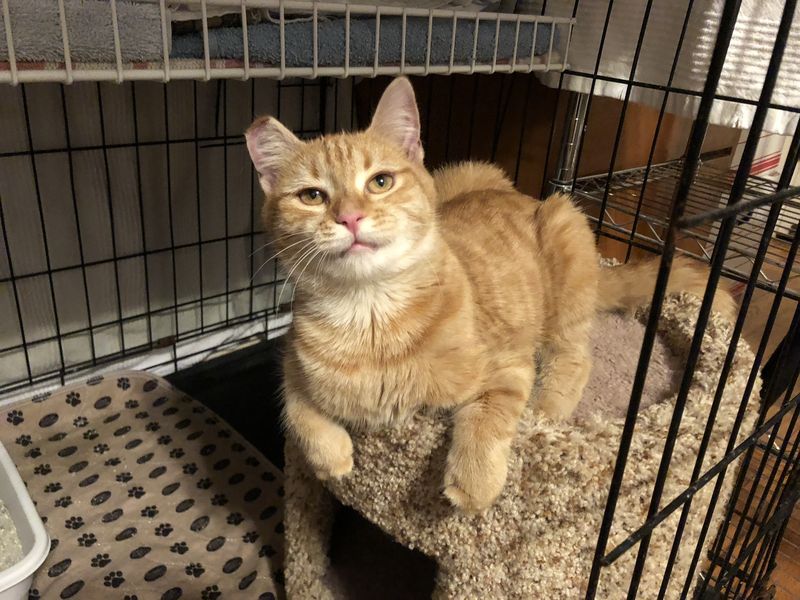
Polydactyl cats are often found in shelters, waiting for loving homes. Their unique appearance attracts potential adopters, eager to welcome these special felines into their families. Adoption not only provides a home for these cats but also supports rescue efforts, ensuring more animals receive care. Many polydactyl cat owners cherish their pets’ distinct traits, appreciating the charm they bring to their lives. By adopting a polydactyl cat, individuals embrace the opportunity to experience the joy and companionship these extraordinary animals offer.

